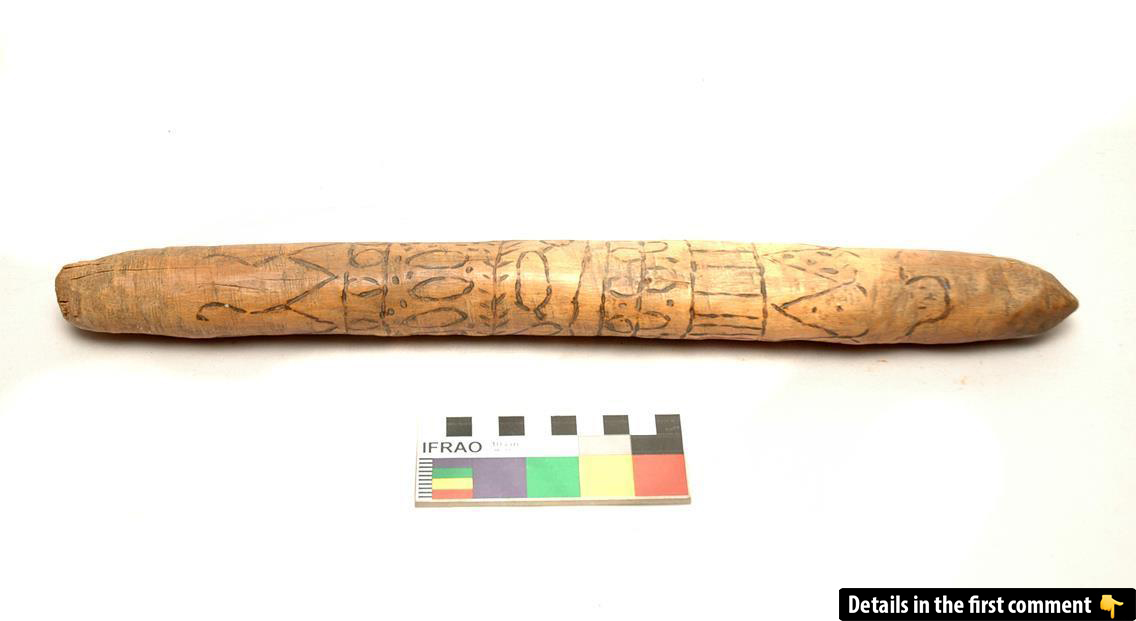In a land as vast and diverse as Australia, communication once relied on more than just words. For thousands of years, Aboriginal communities used a remarkable tool to bridge linguistic and cultural divides: the message stick. These small but powerful objects carried more than messages; they conveyed trust, diplomacy, and tradition. Still in use today, message sticks are a living testament to the creativity and resilience of Aboriginal cultures, offering a glimpse into a sophisticated system of communication that thrived long before written language.
The Message Stick System: A Unique Form of Communication
Aboriginal Australians have spoken over 200 languages and 600 dialects, a remarkable diversity of communication. However, the absence of a formal written system presented a unique challenge for these societies, especially in conveying messages across large distances. The solution came in the form of message sticks—carved wooden objects that served as a medium for communication. These sticks were typically between 10 and 30 cm in length, small enough to be easily carried, yet significant enough to carry powerful messages across distances.
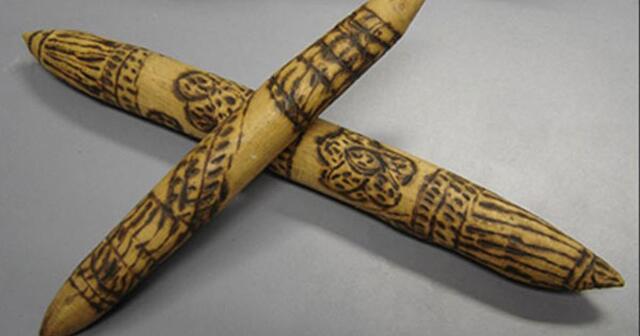

Crafted from wood, message sticks were often decorated with intricate carvings or painted symbols. These markings conveyed specific messages and were designed to be immediately recognizable to those familiar with the symbolism. What set these message sticks apart was their dual purpose: they not only communicated the message but also served as proof of the legitimacy of the communication. Distinct markings tied to a particular tribe or individual ensured that the message could be authenticated and understood by different groups, even those that spoke different languages or dialects.
Video
Check out the video to learn the story of the message stick, an essential tool used by Indigenous Australians to communicate across vast distances. It’s a powerful part of history!
Cultural Significance and Diplomatic Role
Beyond being a communication tool, message sticks played an important diplomatic function. In Aboriginal societies, where different groups often inhabited neighboring territories, the ability to move freely across lands was not a given. It was through the use of message sticks that peace and safe passage were ensured, making the message stick a symbol of diplomatic immunity.
When a messenger set out to deliver a message, the message stick served as an introduction. Upon arriving in another group’s territory, the messenger would announce their presence through smoke signals, signaling their arrival and indicating their peaceful intentions. The message stick itself would grant the messenger safe passage to the elders, who would read the symbols and either hear the verbal message or receive a reply to carry back to the sender. This system ensured that communication between Aboriginal groups was both peaceful and organized, even when entering hostile or ‘enemy’ territories.
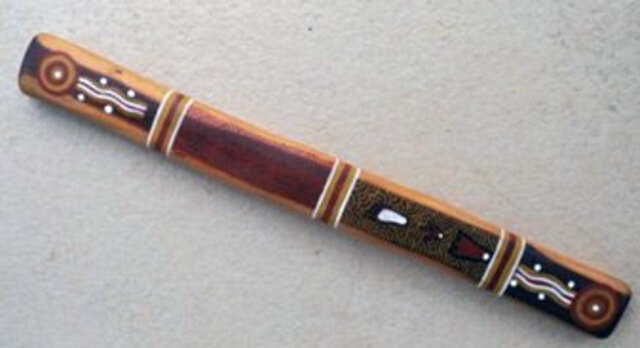
Types of Messages Transmitted
Message sticks were not simply used for casual communication; they were instrumental in transmitting a wide variety of important messages. These included announcements of ceremonies, invitations to traditional corroborees (ceremonial gatherings), notices about disputes, requests for specific items, trade negotiations, and even more personal matters such as family deaths or marriage arrangements. The fact that the message stick could carry such a broad spectrum of information highlights its essential role in maintaining the social fabric of Aboriginal communities.
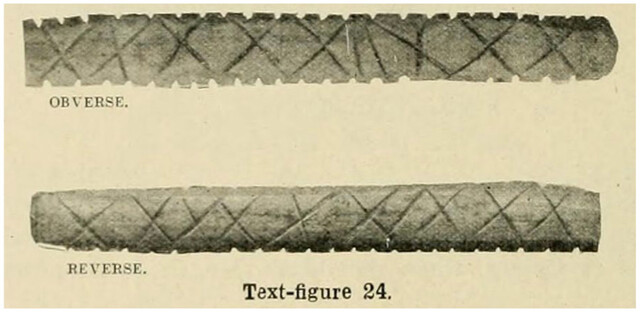
One of the most fascinating aspects of the message stick system is that despite the linguistic diversity of Aboriginal Australia, these objects could be understood by people from different regions. A case in point is a message stick featured in the Dandiiri Maiwar Exhibition at the Queensland Museum and Science Centre. This particular stick was used by Bishop White of Carpentaria, who delivered a message on behalf of an Aboriginal boy in Darwin to another boy in Daly Waters. Upon receiving the message stick, the boy from Daly Waters interpreted the symbols exactly as the boy from Darwin had explained them—requests for headbands and boomerangs. This example demonstrates how the symbols on message sticks transcended language barriers, enabling the conveyance of messages even between groups that spoke entirely different dialects.

Understanding the Diversity of Aboriginal Communication
While message sticks were a common tool across many Aboriginal groups, their use was not universal. It’s important to recognize that Aboriginal culture was never monolithic—different tribes had different customs, languages, and practices, and the message stick system was more highly developed in some regions than in others. Some tribes did not use message sticks at all, relying on other methods of communication.
The diversity in the use of message sticks serves as a reminder that Aboriginal cultures, while connected by shared traditions and values, were also deeply localized. Each group had its own variations in how the sticks were used, what symbols were important, and how messages were interpreted. This regional diversity reflects the adaptability and resourcefulness of Aboriginal societies in meeting the needs of their specific environments.
Message Sticks in Modern Australia
While much of the traditional use of message sticks has faded in the modern world, they have not been forgotten. In contemporary Australia, message sticks continue to hold cultural and ceremonial significance. In some parts of the country, message sticks are still used today during cultural events and celebrations. The practice of creating and using message sticks has been passed down through generations, ensuring that this ancient form of communication remains alive in the hearts of Aboriginal communities.
In recent years, message sticks have also gained recognition as powerful symbols of Aboriginal culture and heritage. They are used in educational contexts to teach younger generations about their traditions, history, and the importance of communication within their communities. Through these practices, the message stick has transcended its original purpose and become an emblem of Aboriginal identity, unity, and cultural resilience.
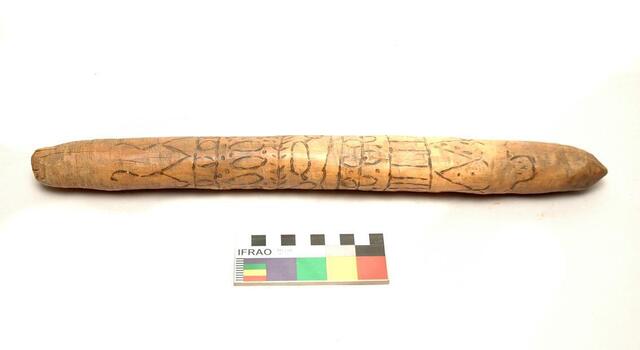
Video
Watch the video for a rare opportunity to visit a Lakota Medicine Man. This fascinating experience offers insight into Native American culture and traditions!
Conclusion
The message stick is much more than just an object; it is a testament to the ingenuity, creativity, and diplomatic sophistication of Aboriginal societies. For thousands of years, these simple wooden sticks facilitated communication across vast distances, enabling diverse groups to interact, share knowledge, and maintain social cohesion in a continent as geographically challenging as Australia.
As a living tradition, the message stick continues to resonate within Aboriginal communities, symbolizing a rich cultural heritage that endures in both ancient and modern contexts. The story of the message stick is a powerful reminder of the deep connections that bind people together, transcending language and time, and it remains a profound part of Australia’s cultural tapestry.
